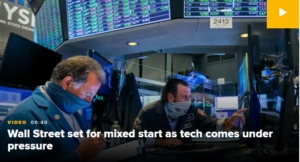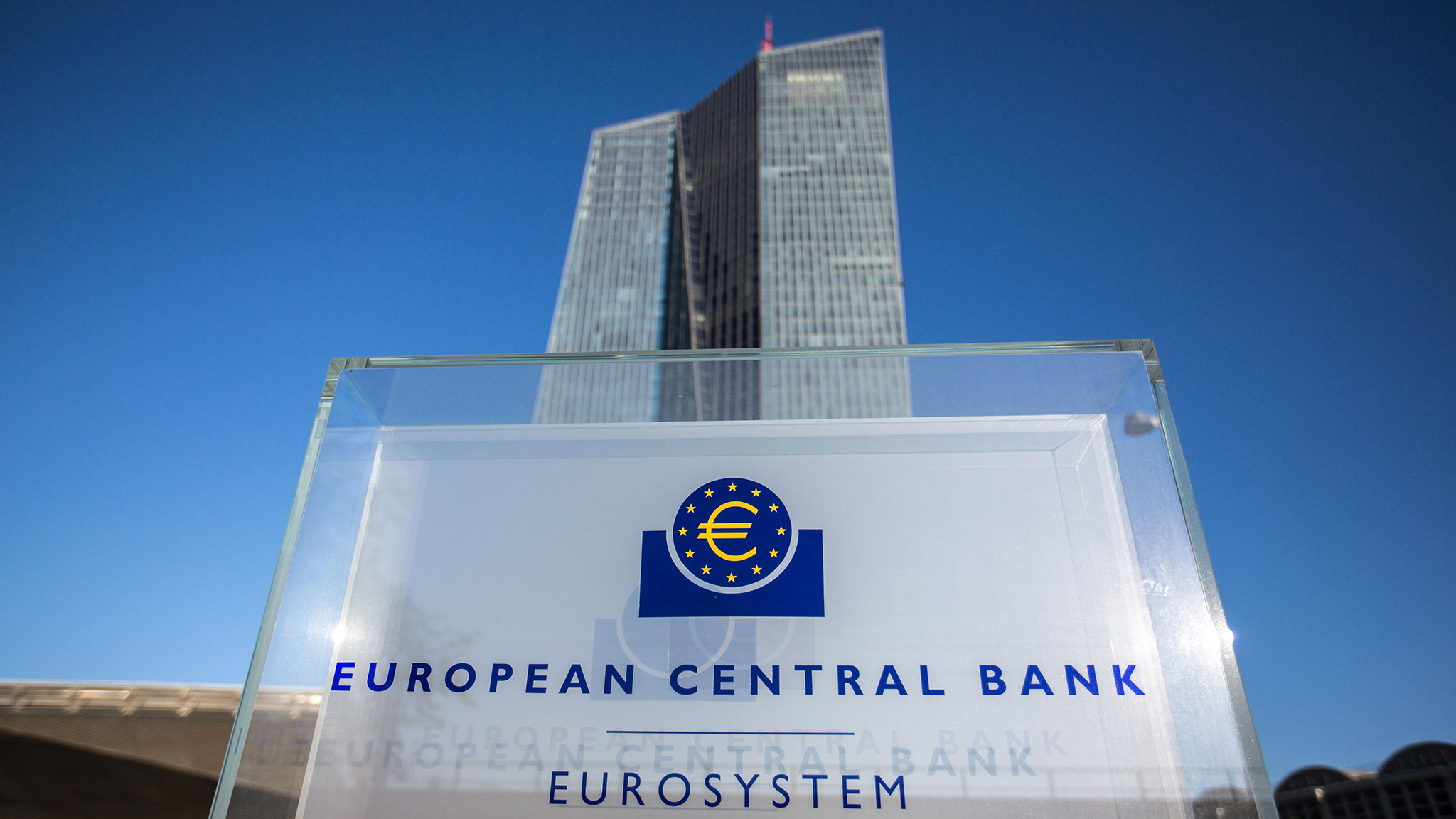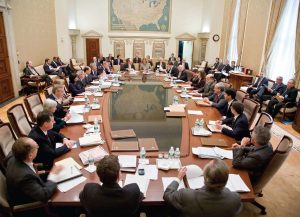FOMC Preview
 Despite the near-universal expectation of a 25-basis-point rate hike at tomorrow’s FOMC meeting, this meeting contains a lot of very important unknowns regarding the pace of future rate hikes. As such, this meeting is a real, legitimate risk to stocks.
Despite the near-universal expectation of a 25-basis-point rate hike at tomorrow’s FOMC meeting, this meeting contains a lot of very important unknowns regarding the pace of future rate hikes. As such, this meeting is a real, legitimate risk to stocks.
Get our full FOMC preview and all the analysis you need to stay ahead of the market with the Sevens Report. In your inbox by 7am, read it in 7 minutes or less.
It is not an exaggeration to say this Fed meeting could reflect a paradigm shift in the Fed, where the Fed actually gets serious about normalizing policy and interest rates.
Very Hawkish If: 1) The Fed hikes rates 25 bps, 2) The median “dots” show four rate hikes in 2017 and 3) The median dots show four rate hikes in 2018 (currently the dots show just three for both years).
Hawkish If: 1) The Fed hikes rates 25 bps, and 2) The median dots show four rate hikes in 2017 or 2018, but not both years.
Likely Market Reaction: Restricted for subscribers. Get this data with your free trial of the Sevens Report.
ETFs to Outperform:
Inverse bonds (TBT/TBF/PST), financials (XLF), banks (maybe, but that depends on the shape of the yield curve), TIPS-related bond ETFs (VTIP). ETFs to Underperform: Utilities (XLU), REITs (VNQ) (both interest rate plays), commodity ETFs (DBC), basic materials (XLB), energy (XLE), gold (GLD, GDX).
Meets Expectations If: The Fed hikes rates 25 basis points but the dots don’t shift in either year (i.e. the median dots still show three rate hikes in 2017 or 2018).
Likely Market Reaction: Restricted for subscribers. Get this data with your free trial of the Sevens Report.
Dovish If: The Fed does not hike rates (this would frankly be a shocking surprise given recent Fed rhetoric). Likely Market Reaction: Stocks, gold and other commodities sharply higher (at least initially). Treasury yields and the dollar sharply lower.
Wildcard to Watch:
The Fed’s Balance Sheet. This is a bit of a confusing topic, but you’re going to be reading a lot more about this in the coming weeks, so I want to cover it now so everyone has proper context. With the Fed hiking rates, it’s quickly approaching the time when the Fed will have to naturally reduce its balance sheet. And what I and others mean by that is the Fed will have to stop reinvesting the principal that it receives when the Treasuries it owns are redeemed.
The reason this is important is because it could put further pressure on the bond market. If the Fed gets $100 million in short-term Treasuries redeemed, right now it simply buys $100 million worth of new Treasuries. But, if the Fed were to stop reinvestment, that $100 million wouldn’t go back into the bond market, removing a source of demand.
The point is that when the Fed stops reinvesting principal, that will be potentially bond negative/yield positive, and that process needs to be managed very carefully considering the size of the Fed’s balance sheet ($2.4 trillion in Treasuries, $1.7 trillion in mortgage backed securities).
Bottom line, if the Fed changes the language on the reinvestment of the balance sheet (it’ll be in the second to last paragraph in the FOMC statement) then that would be incrementally hawkish, and we’d likely see bond yields and the dollar higher, and stocks lower. The market is not at all expecting any impending balance sheet changes from the Fed this soon in 2017.
Help your clients outperform markets with your free trial of the Sevens Report.



 Despite the near-universal expectation of a 25-basis-point rate hike at tomorrow’s FOMC meeting, this meeting contains a lot of very important unknowns regarding the pace of future rate hikes. As such, this meeting is a real, legitimate risk to stocks.
Despite the near-universal expectation of a 25-basis-point rate hike at tomorrow’s FOMC meeting, this meeting contains a lot of very important unknowns regarding the pace of future rate hikes. As such, this meeting is a real, legitimate risk to stocks.